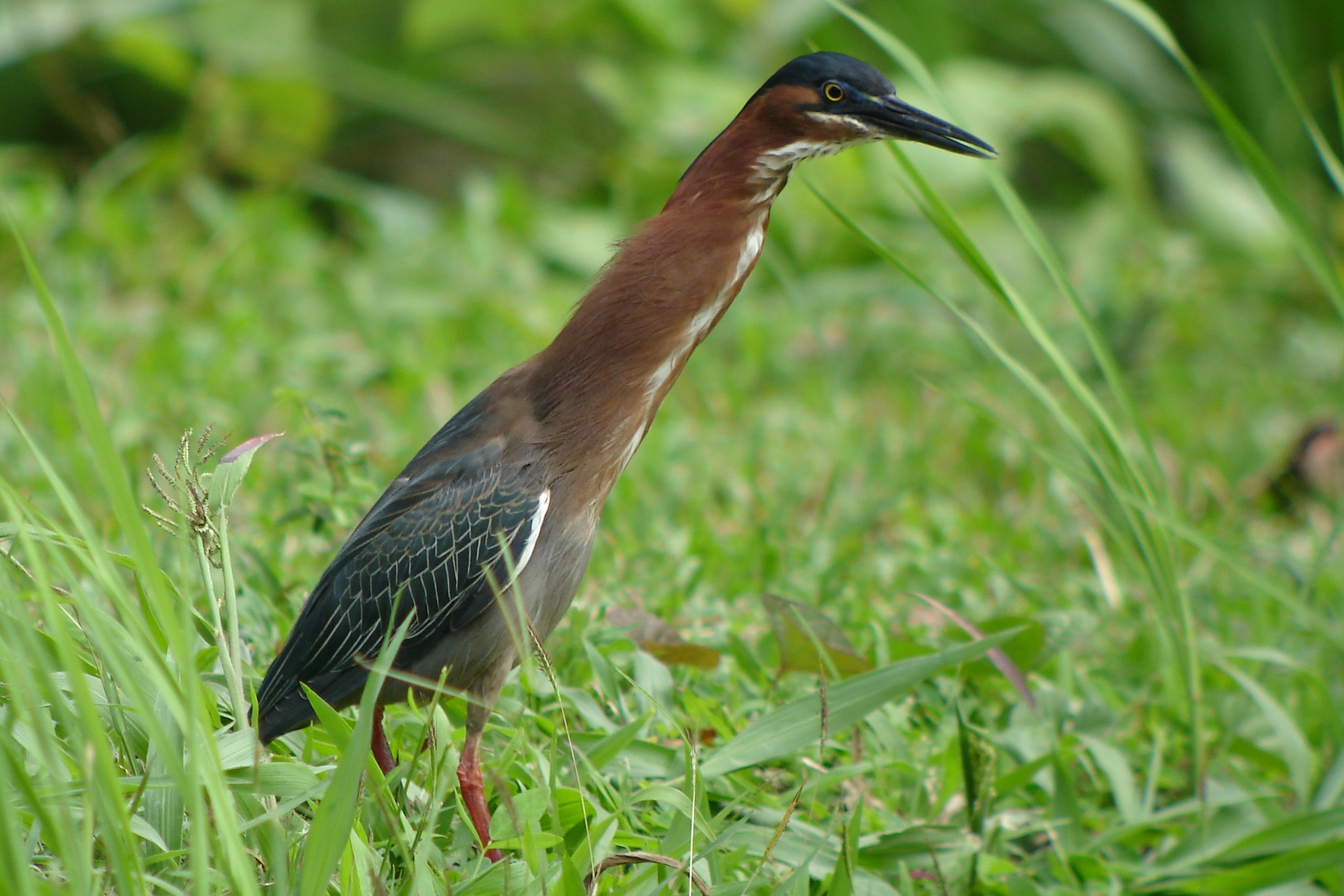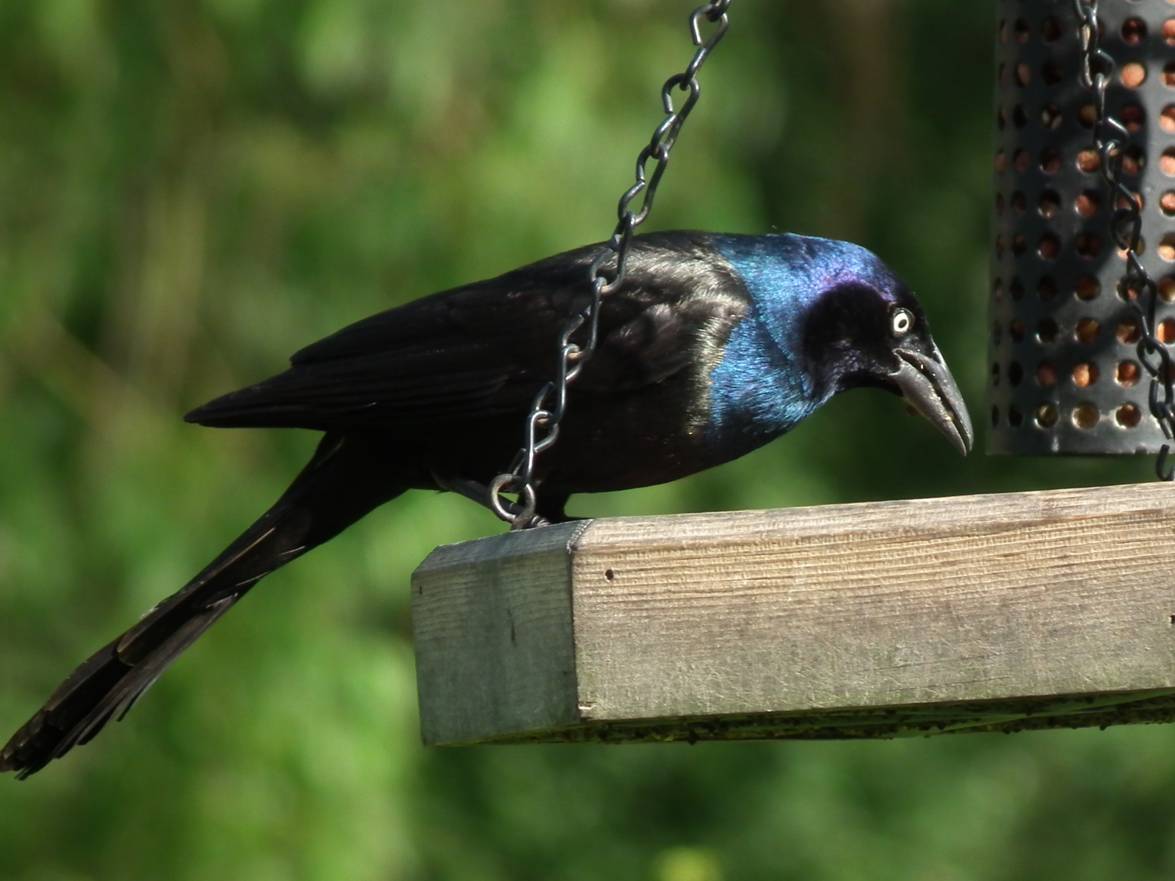|
Lake Howard (Winter Haven, Florida)
Lake Howard is a fresh water lake, located in Winter Haven, Florida. The lake is part of the headwaters of the Peace River watershed. Lake Howard is a prominent lake in Winter Haven's Chain of Lakes. Lake Howard is on the southern chain of lakes. It is connected to Lake Cannon, to the north-west, and Lake May, to the south-east. Lake Howard has a surface area of 624 acres. It has a mean depth of , and maximum depth of . The Calusa were the first known people to live along this lake. The Seminole were later known to live and hunt along the lake. Lake Howard was first surveyed by Dr. John Westcott in 1849. He named the lake for his neighbors in Madison County, Florida, the Howard family. The lake, with its current name, appears in the first United States government maps of the area, published in 1854. Lake Howard became one of the first areas to be settled by newly arriving American and European settlers. Some of the oldest homes in the city of Winter Haven are lo ... [...More Info...] [...Related Items...] OR: [Wikipedia] [Google] [Baidu] |
Polk County, Florida
Polk County is located in the central portion of the U.S. state of Florida. The county population was 725,046, as of the 2020 census. Its county seat is Bartow, and its largest city is Lakeland. Polk County comprises the Lakeland–Winter Haven Metropolitan Statistical Area. This MSA is the 81st-most populous metropolitan statistical area and the 89th-most populous primary statistical area of the United States as of July 1, 2012. The center of population of Florida is located in Polk County, near the city of Lake Wales. Polk County is home to one public university, one state college, and four private universities. History Early history The first people to inhabit the area now called Polk County were the Paleoindians who arrived in Florida at least 12,000 years ago, late in the last ice age. With large amounts of water locked up in continental ice caps, the sea level was more than lower than at present. The Florida peninsula was twice as wide as it is today, and Flor ... [...More Info...] [...Related Items...] OR: [Wikipedia] [Google] [Baidu] |
Green Heron
The green heron (''Butorides virescens'') is a small heron of North and Central America. ''Butorides'' is from Middle English ''butor'' "bittern" and Ancient Greek ''-oides'', "resembling", and ''virescens'' is Latin for "greenish". It was long considered conspecific with its sister species the striated heron (''Butorides striata''), and together they were called "green-backed heron". Birds of the nominate subspecies (no matter which taxonomic arrangement is preferred) are extremely rare vagrants to western Europe—for example, a sighting in Pembrokeshire in 2018 was only the second recorded sighting in Wales; individuals from the Pacific coast of North America may similarly stray as far as Hawaii. Description The green heron is relatively small; adult body length is about . The neck is often pulled in tight against the body. Adults have a glossy, greenish-black cap, a greenish back and wings that are grey-black grading into green or blue, a chestnut neck with a white line d ... [...More Info...] [...Related Items...] OR: [Wikipedia] [Google] [Baidu] |
Chain Of Lakes Trail
The Chain of Lakes Trail is a paved multi-use path that runs from Lake Alfred, Florida, Lake Alfred to Winter Haven, Florida, Winter Haven in Florida, past many of the lakes that compose the Winter Haven Chain of Lakes (Winter Haven), Chain of Lakes. The trail runs along the abandoned route of the South Florida Railroad's Bartow Branch (which was later part of the Atlantic Coast Line Railroad). The southern terminus of the trail is near Lake Howard (Winter Haven, Florida), Lake Howard at Avenue B Northwest near the Chamber of Commerce Building. The trail travels northward past Lake Silver (Winter Haven), Lake Silver, Spring Lake (Winter Haven), Spring Lake, Lake Ida, and Lake Conine before coming to an end at the southwest corner of West Haines Avenue and southbound US Highway 17 and westbound US Highway 92. Originally running between Avenue E Northwest at the Winter Haven bus terminal and city hall and Lake Rochelle at US 17/92 in Lake Alfred, it was extended north over a b ... [...More Info...] [...Related Items...] OR: [Wikipedia] [Google] [Baidu] |
Bluegill
The bluegill (''Lepomis macrochirus''), sometimes referred to as "bream", "brim", "sunny", or "copper nose" as is common in Texas, is a species of North American freshwater fish, native to and commonly found in streams, rivers, lakes, ponds and wetlands east of the Rocky Mountains. It is the type species of the genus ''Lepomis'' (true sunfish), from the family Centrarchidae (sunfishes, crappies and black basses) in the order Perciformes (perch-like fish). Bluegills can grow up to long and about . While their color can vary from population to population, they typically have a very distinctive coloring, with deep blue and purple on the face and gill cover, dark olive-colored bands down the side, and a fiery orange to yellow belly. They are omnivorous and will consume anything they can fit in their mouth, but mostly feed on small aquatic insects and baitfishes. The fish are important prey for bass, other larger sunfish, northern pike and muskellunge, walleye, trout, herons, ... [...More Info...] [...Related Items...] OR: [Wikipedia] [Google] [Baidu] |
Large Mouth Bass
The largemouth bass (''Micropterus salmoides'') is a carnivorous freshwater gamefish in the Centrarchidae ( sunfish) family, a species of black bass native to the eastern and central United States, southeastern Canada and northern Mexico, but widely introduced elsewhere. It is known by a variety of regional names, such as the widemouth bass, bigmouth bass, black bass, bucketmouth, largies, Potter's fish, Florida bass, Florida largemouth, green bass, bucketmouth bass, Green trout, gilsdorf bass, Oswego bass, LMB, and southern largemouth and northern largemouth. The largemouth bass is the state fish of Georgia and Mississippi, and the state freshwater fish of Florida and Alabama. Taxonomy The largemouth bass was first formally described as ''Labrus salmoides'' in 1802 by the French naturalist Bernard Germain de Lacépède with the type locality given as the Carolinas. Lacépède based his description on an illustration of a specimen collected by Louis Bosc near Charleston, ... [...More Info...] [...Related Items...] OR: [Wikipedia] [Google] [Baidu] |
Amphibians
Amphibians are four-limbed and ectothermic vertebrates of the class Amphibia. All living amphibians belong to the group Lissamphibia. They inhabit a wide variety of habitats, with most species living within terrestrial, fossorial, arboreal or freshwater aquatic ecosystems. Thus amphibians typically start out as larvae living in water, but some species have developed behavioural adaptations to bypass this. The young generally undergo metamorphosis from larva with gills to an adult air-breathing form with lungs. Amphibians use their skin as a secondary respiratory surface and some small terrestrial salamanders and frogs lack lungs and rely entirely on their skin. They are superficially similar to reptiles like lizards but, along with mammals and birds, reptiles are amniotes and do not require water bodies in which to breed. With their complex reproductive needs and permeable skins, amphibians are often ecological indicators; in recent decades there has been a dramatic decli ... [...More Info...] [...Related Items...] OR: [Wikipedia] [Google] [Baidu] |
Reptiles
Reptiles, as most commonly defined are the animals in the Class (biology), class Reptilia ( ), a paraphyletic grouping comprising all sauropsid, sauropsids except birds. Living reptiles comprise turtles, crocodilians, Squamata, squamates (lizards and snakes) and rhynchocephalians (tuatara). As of March 2022, the Reptile Database includes about 11,700 species. In the traditional Linnaean taxonomy, Linnaean classification system, birds are considered a separate class to reptiles. However, crocodilians are more closely related to birds than they are to other living reptiles, and so modern Cladistics, cladistic classification systems include birds within Reptilia, redefining the term as a clade. Other cladistic definitions abandon the term reptile altogether in favor of the clade Sauropsida, which refers to all amniotes more closely related to modern reptiles than to mammals. The study of the traditional reptile Order (biology), orders, historically combined with that of modern amphi ... [...More Info...] [...Related Items...] OR: [Wikipedia] [Google] [Baidu] |
Alligators
An alligator is a large reptile in the Crocodilia order in the genus ''Alligator'' of the family Alligatoridae. The two extant species are the American alligator (''A. mississippiensis'') and the Chinese alligator (''A. sinensis''). Additionally, several extinct species of alligator are known from fossil remains. Alligators first appeared during the Oligocene epoch about 37 million years ago. The name "alligator" is probably an anglicized form of ', the Spanish term for "the lizard", which early Spanish explorers and settlers in Florida called the alligator. Later English spellings of the name included ''allagarta'' and ''alagarto''. Evolution Alligators and caimans split in North America during the early Tertiary or late Cretaceous (about 53 million to about 65 million years ago). The Chinese alligator split from the American alligator about 33 million years ago and probably descended from a lineage that crossed the Bering land bridge during the Neogene. The moder ... [...More Info...] [...Related Items...] OR: [Wikipedia] [Google] [Baidu] |
Bald Eagles
The bald eagle (''Haliaeetus leucocephalus'') is a bird of prey found in North America. A sea eagle, it has two known subspecies and forms a species pair with the white-tailed eagle (''Haliaeetus albicilla''), which occupies the same niche as the bald eagle in the Palearctic. Its range includes most of Canada and Alaska, all of the contiguous United States, and northern Mexico. It is found near large bodies of open water with an abundant food supply and old-growth trees for nesting. The bald eagle is an opportunistic feeder which subsists mainly on fish, which it swoops down upon and snatches from the water with its talons. It builds the largest nest of any North American bird and the largest tree nests ever recorded for any animal species, up to deep, wide, and in weight. Sexual maturity is attained at the age of four to five years. Bald eagles are not actually bald; the name derives from an older meaning of the word, "white headed". The adult is mainly brown with a white ... [...More Info...] [...Related Items...] OR: [Wikipedia] [Google] [Baidu] |
Red-winged Blackbird
The red-winged blackbird (''Agelaius phoeniceus'') is a passerine bird of the family Icteridae found in most of North America and much of Central America. It breeds from Alaska and Newfoundland south to Florida, the Gulf of Mexico, Mexico, and Guatemala, with isolated populations in western El Salvador, northwestern Honduras, and northwestern Costa Rica. It may winter as far north as Pennsylvania and British Columbia, but northern populations are generally migratory, moving south to Mexico and the southern United States. Claims have been made that it is the most abundant living land bird in North America, as bird-counting censuses of wintering red-winged blackbirds sometimes show that loose flocks can number in excess of a million birds per flock and the full number of breeding pairs across North and Central America may exceed 250 million in peak years. It also ranks among the best-studied wild bird species in the world. The red-winged blackbird is sexually dimorphic; the male i ... [...More Info...] [...Related Items...] OR: [Wikipedia] [Google] [Baidu] |
Grackle
Grackles is the common name of any of 11 passerine birds (10 extant and one extinct) native to North and South America. They belong to various genera in the icterid family. In all the species with this name, adult males have black or mostly black plumage. Baby birds like to feed by screeching. * Genus ''Quiscalus'' ** Boat-tailed grackle, ''Quiscalus major'' ** Common grackle, ''Quiscalus quiscula'' ** Great-tailed grackle, ''Quiscalus mexicanus'' ** Nicaraguan grackle, ''Quiscalus nicaraguensis'' ** Greater Antillean grackle, ''Quiscalus niger'' ** Carib grackle, ''Quiscalus lugubris'' ** Slender-billed grackle, ''Quiscalus palustris'' - extinct (1910) * Genus '' Hypopyrrhus'' ** Red-bellied grackle, ''Hypopyrrhus pyrohypogaster'' * Genus '' Lampropsar'' ** Velvet-fronted grackle, ''Lampropsar tanagrinus'' * Genus '' Macroagelaius'' ** Golden-tufted grackle, ''Macroagelaius imthurni'' ** Colombian mountain grackle, ''Macroagelaius subalaris'' Sometimes members of the starli ... [...More Info...] [...Related Items...] OR: [Wikipedia] [Google] [Baidu] |
Osprey
The osprey (''Pandion haliaetus''), , also called sea hawk, river hawk, and fish hawk, is a diurnal, fish-eating bird of prey with a cosmopolitan range. It is a large raptor reaching more than in length and across the wings. It is brown on the upperparts and predominantly greyish on the head and underparts. The osprey tolerates a wide variety of habitats, nesting in any location near a body of water providing an adequate food supply. It is found on all continents except Antarctica, although in South America it occurs only as a non-breeding migrant. As its other common names suggest, the osprey's diet consists almost exclusively of fish. It possesses specialised physical characteristics and exhibits unique behaviour to assist in hunting and catching prey. As a result of these unique characteristics, it has been given its own taxonomic genus, ''Pandion'', and family, Pandionidae. Taxonomy The osprey was described by Carl Linnaeus under the name ''Falco haliaeetus'' in his ... [...More Info...] [...Related Items...] OR: [Wikipedia] [Google] [Baidu] |





.png)

.jpg)

